Today we’re talking about something every creative knows, which is none other than the dreaded “burnout”.
Though this post is geared towards creatives, it really doesn’t matter what line of work you’re in, burnout is something we all encounter from time to time. Especially, after a year-long pandemic.
I’m sure you know how it goes. You push through fatigue to hit deadlines, burning the candle at both ends, all the while, letting sleep, exercise and wholesome eating fall to the wayside. Then suddenly you hit it. A wall right smack between you and the goals you’re striving for. Ugh.
There is a whole range of symptoms that signal burnout, which this Forbes article covers succinctly, along with lots of remedies for when it gets the better of us. This episode from Call Your Girlfriend (one of my favourite podcasts) also discusses the nuances of the term, risk factors that most often lead to burnout and the realization that working all the time does not equal ambition.
This post, however, is about how small preventive measures can help limit the extent to which burnout takes hold. Read on for a few of the approaches I’ve found helpful in my own life and creative business.
This post is not intended to replace the help of a mental health professional. If you’re feeling overwhelmed and need someone to talk to, this resource is great for Canadian residents and BetterHelp seems to be a good option for virtual counselling and support from anywhere. Please know, you’re not alone and you deserve to be happy.

1 | LESS MINDLESS SCROLL – MORE MINDFUL PRACTICE
I cannot stress this one enough! Hence it being #1. The comparison fatigue that results from scrolling social media can be completely debilitating. It will always seem like someone else is hitting bigger goals, getting another book deal, or juggling more tasks with their kids at home. Even though we know that 95% of the lives people share on Instagram are an illusion, it’s hard to keep what we see from sending the wrong messages to our sense of self-worth.
Even for someone who uses social media as a key part of their business (like me!), stressing about what to share or getting caught up in what other folks are doing, is quite literally, a waste of time.
Instead of deferring to social media when you’re looking for some mental downtime, try shifting your habits. Start by setting timers for the apps you find yourself losing time on (you can do this under Screen Time in Settings on an iPhone).
Then, consider cultivating a mindfulness practice through meditation, journalling or movement instead. I truly don’t know where I’d be in my business if it wasn’t for daily meditation. My practice is only 10 minutes a day (and sometimes again at night before bed) and it has transformed my productivity and positive thinking.
I use the Waking Up App (which has a great introductory course) and Mindfulness in Minutes (free) for guided meditations.
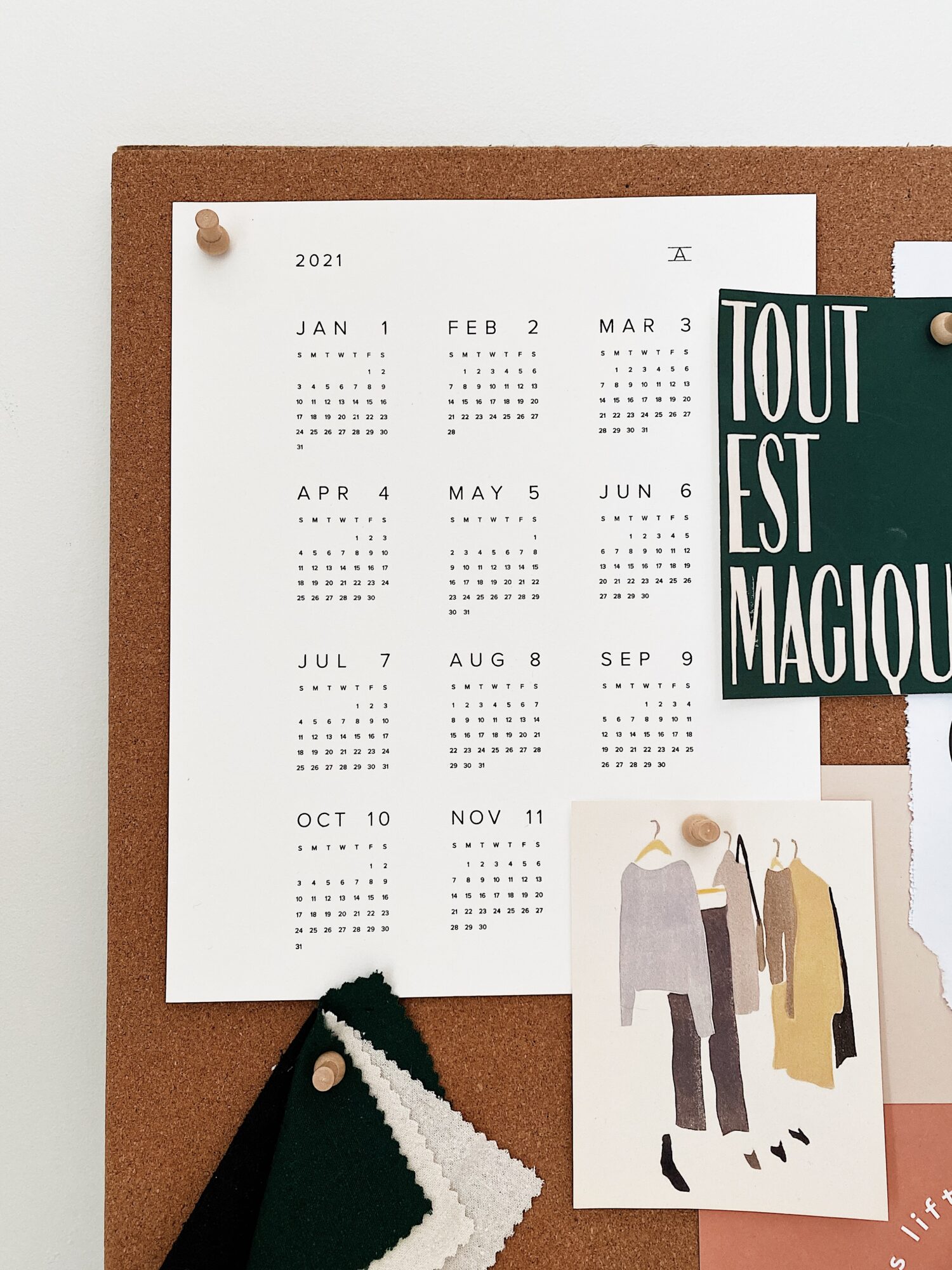
2 | BOOK TIME OFF & TAKE IT
Yes, even during a pandemic, when there is nowhere to go!
This is one I struggle with deeply and I know a lot of you might as well. I love my work and can technically work from anywhere so there is rarely a moment when I couldn’t be working if I wanted to. This of course, inevitably leads to less efficiency overall and the topic of this very post, burnout.
I’ve been working on setting stricter off hour boundaries by leaving my phone where I can’t reach for it and giving myself space to do things that are not work related. The lines are still very blurry but it’s getting better.
Right now it looks like smaller chunks of daily time, rather than a full week or more. Giving myself the freedom to miss a photo, walk Dobby in the afternoon sun, not get right back to my DMs, or just daydream a little, makes the time I do spend at my desk all the more productive.
Try scheduling an hour off in the afternoon a couple of days a week or add days off to your calendar and create alerts. I find it’s so helpful when I have an actual alert for time off vs. just thinking I’ll take a Saturday off.
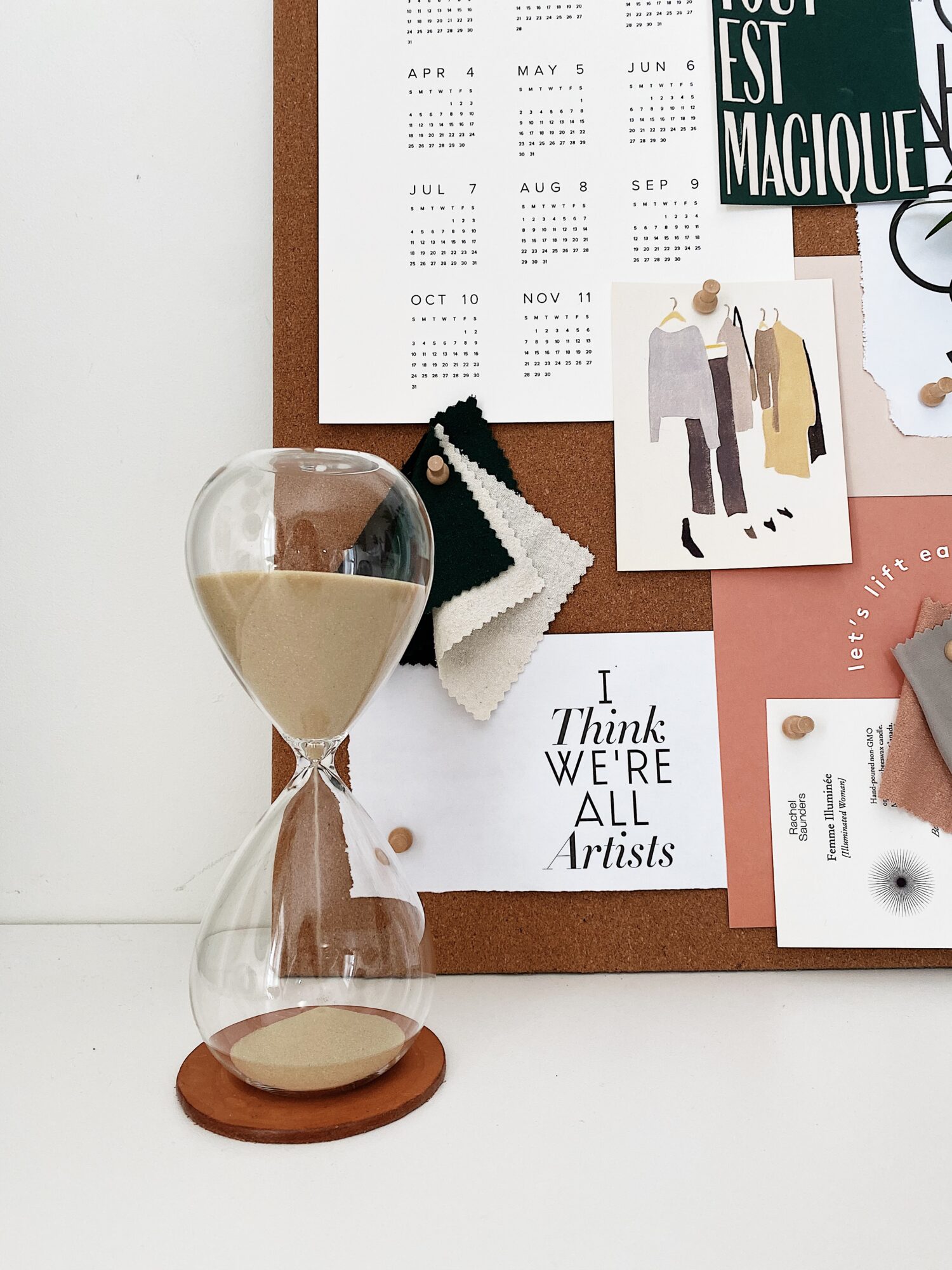
3 | COMMUNICATE YOUR CAPACITY
I think for most of us, it’s hard to say no, especially in the age of capitalism and the scarcity mindset. The pandemic has us especially panicked about job opportunities and it’s hard to be realistic about what is manageable.
However, something I’ve learned during my years of running Style Bee is that an opportunity, once passed on, is rarely gone forever. More often than not, I’ve found that brands or clients are even more eager to work with me when I’m honest about my availability.
Getting used to saying, “I’m currently at capacity.”, is something I’m still working on but it does get easier with practice. When I feel that it’s a project I simply can’t miss but don’t have the bandwidth for, I try to keep my deliverables really well spread out to give myself a bit of breathing room.
In a setting where you’re not your own boss, this can be trickier to accomplish and workplace pressure is non-trivial. My best advice it so set some strict boundaries between your working hours and non-working hours. Get used to not checking your email out of habit, and if last minute projects can’t be avoided, do your best to communicate that less essential tasks will have to take a back seat in order for you to devote your time where it’s needed most urgently.
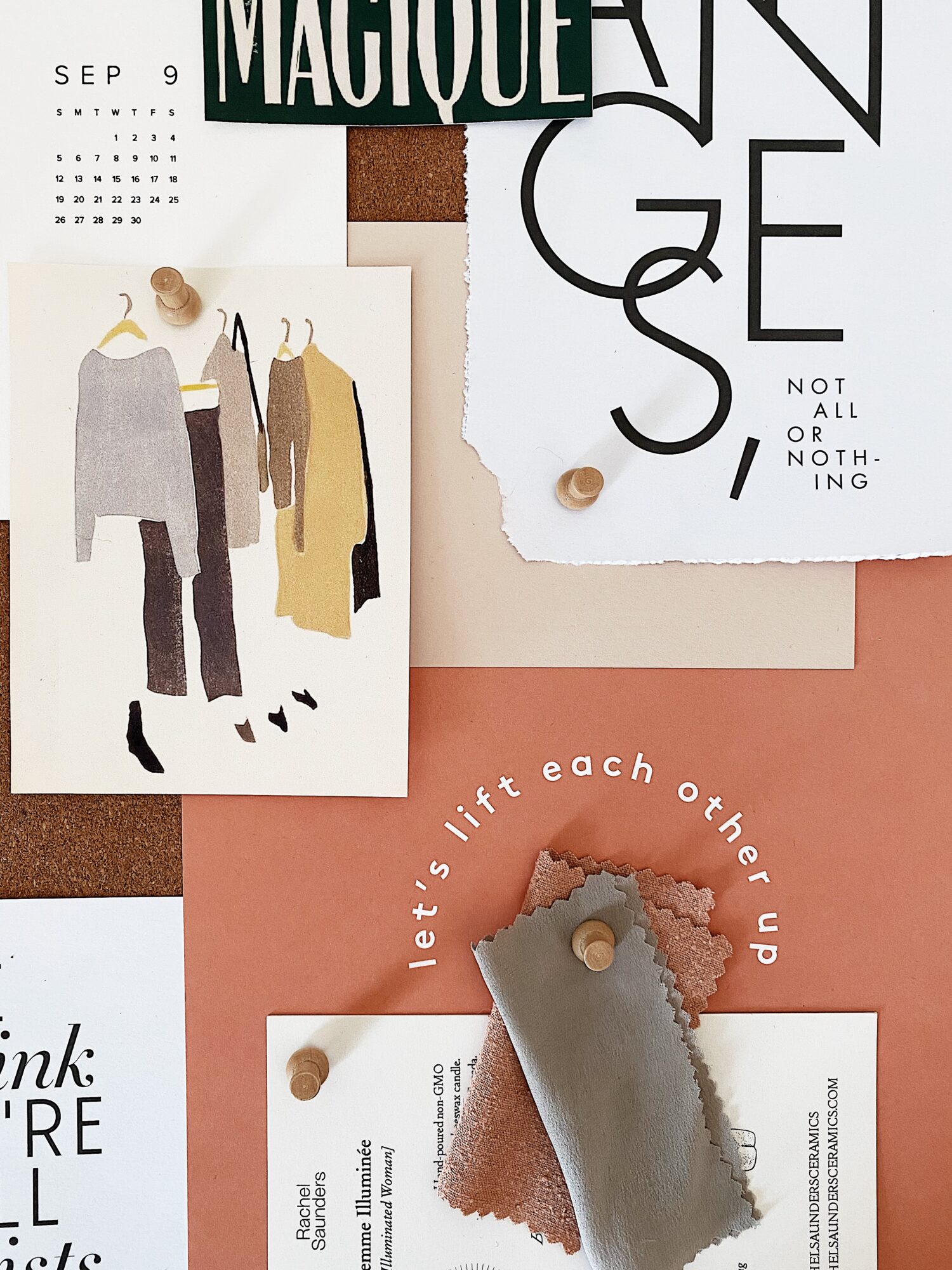
4 | STICK TO YOUR PRICING
This one is simple in theory but tricky in reality. If you’re self-employed you likely know how tempting it can be to adjust pricing for a project or client that you want to work with.
In my personal experience though, it rarely ends up working out. When I’m paid well for my time and creative expertise, I may feel tired at the end of a project but I rarely feel burnt out. Whereas, when I give more of myself and my time to a project that doesn’t pay well, I end up feeling exhausted and sometimes even resentful.
It’s a tricky balance to strike, especially during an atmosphere of uncertainty. If you don’t want to pass up an opportunity outright, try adjusting the scope of work and be very clear on what you’ll be delivering. Then set your timers, track your hours and make sure you’re not giving the work more than you’ve agreed to.
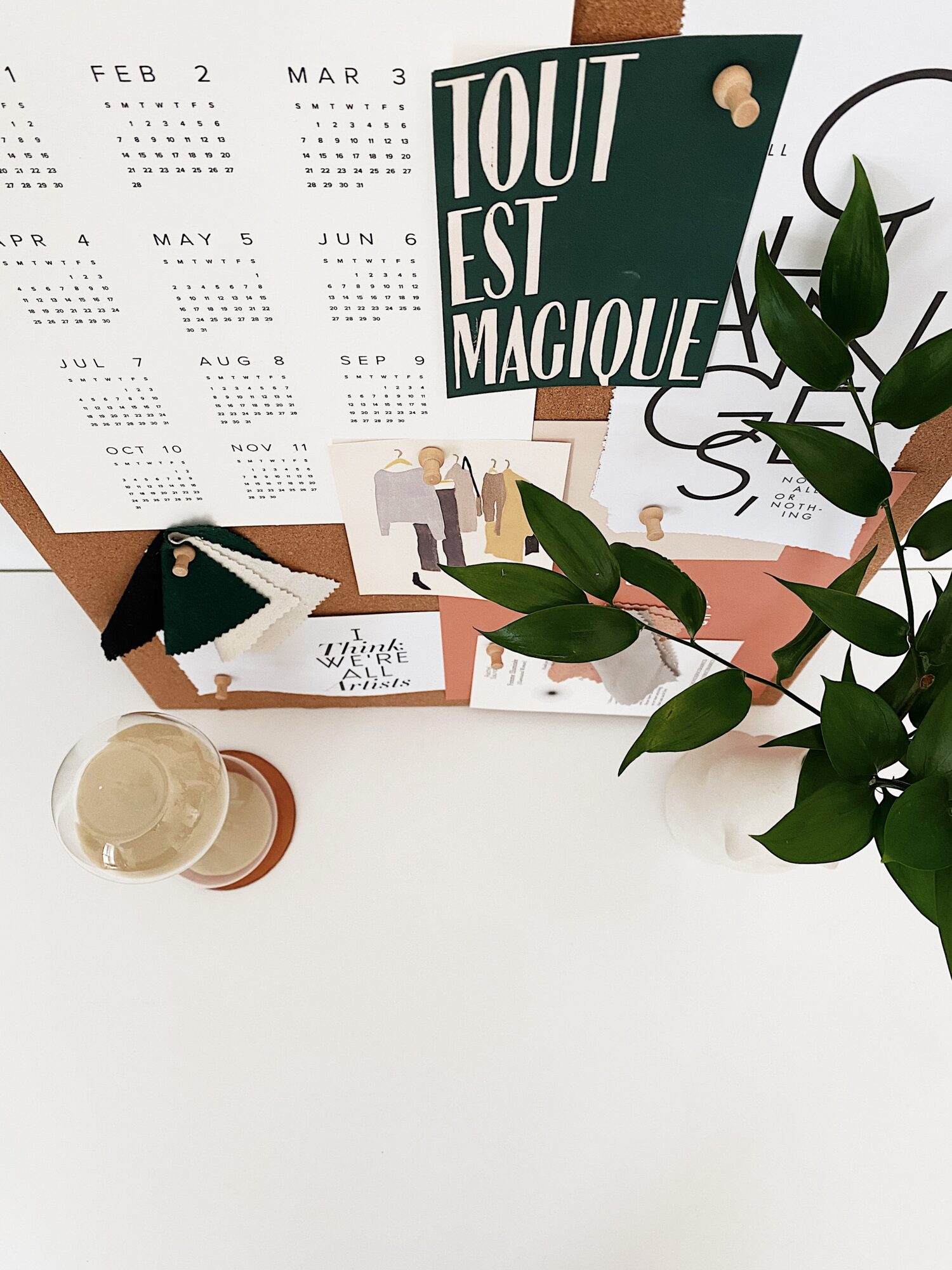
5 | CHECK IN WITH YOURSELF
This is perhaps the most important one to remember. I do this through journalling but it can simply mean taking 5 minutes to sit on the couch and stare at the wall. Let your thoughts rush in, take note of your emotional state. Are you feeling anxious, restless, exhausted, dejected or frustrated? If so, it’s probably time to set some boundaries and say no to additional commitments for a while.
If you fee yourself careening towards burnout, ask yourself, “What can wait?”. What can you take off your list? What emails can forego a response? Where can you slow down? What can you put off for a day, a week, a month, or longer? Who can you lean on for support?
You might also assess whether or not you’re overdelivering. I’m so guilty of this and as a recovering perfectionist and people-pleaser, I have to constantly check my tendencies to give my all to every project.
Consider which daily tasks leave you the most drained and which ones bring you up. How can you find a better balance?
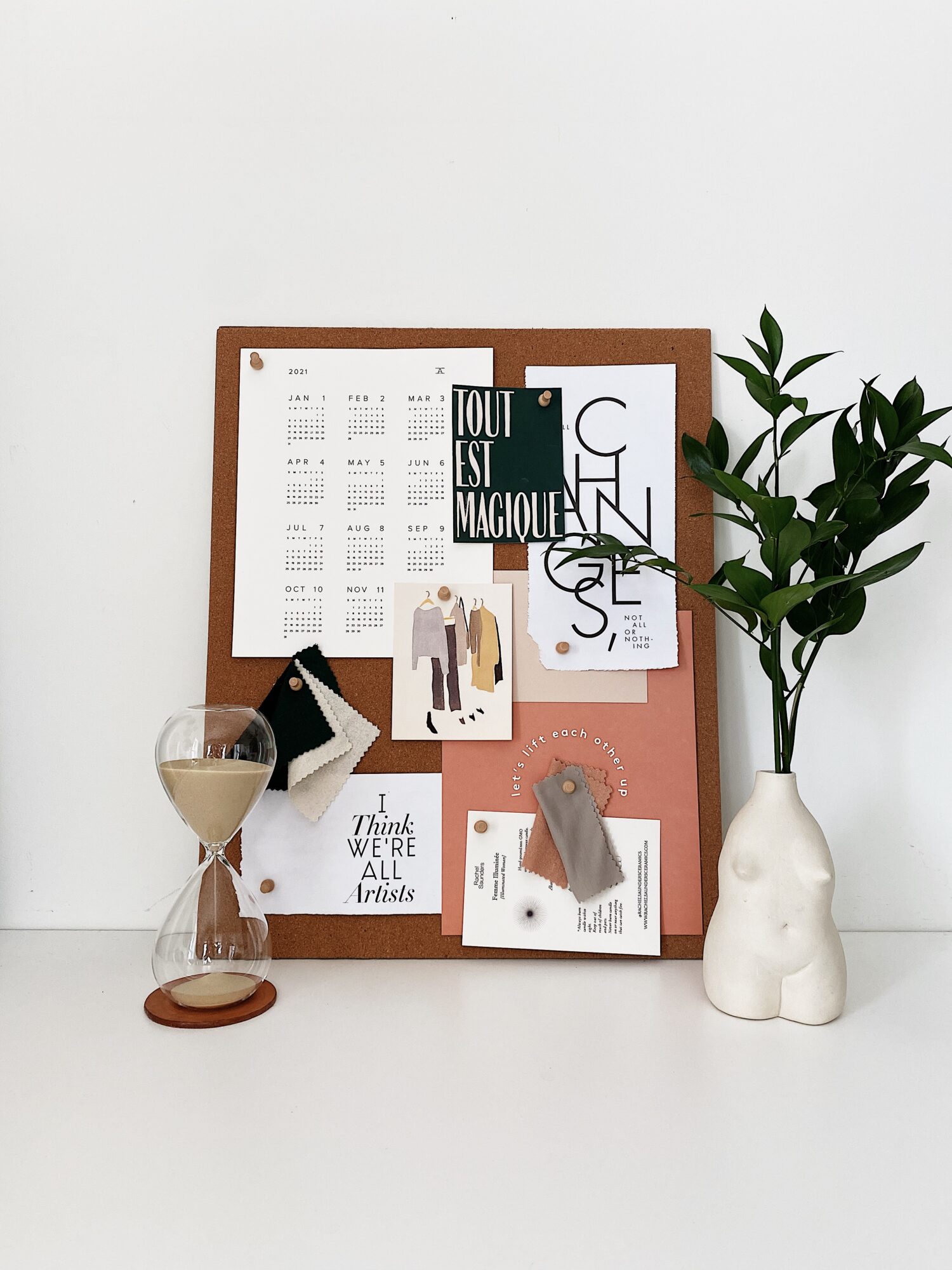
If you’re looking for more ideas on how to slow down I definitely recommend:
- Reading Essentialism: The Disciplined Pursuit of Less by Greg Mckeown
- Signing up for The Slow Entrepreneur newsletter by Sarah Magidoff
- Listening to Letters From a Hopeful Creative by Sara Tasker & Jen Carrington
The bad news is that burnout isn’t entirely unavoidable but the good news is that it doesn’t last forever. Remember it’s not a sign of you not working hard enough or not having what it takes. It’s a symptom of the messed up work culture we’ve been conditioned to believe is normal.
THANKS FOR READING!
Do you have any tips for reducing burnout? If so, please share!
I hope you’re having a restful Sunday. If you can carve out some space in your day to do nothing, or at least nothing work related, I hope you do!


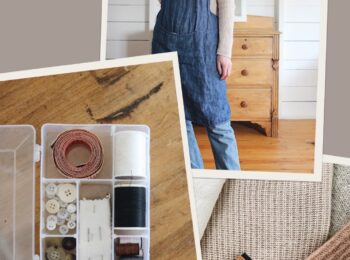








Hi Lee!
Hope this finds you well and enjoying your lake. Have you read ‘The Blue Castle’ by LM Montgomery? My sister and I have loved that book for years and when I saw your posts of Steep Hill Cottage it really took me there! If you haven’t read it it’s worth a read, the heart of it is the home on Lake Mistawis.
I’ve been saving this article meaning to ask you about the little watercolour pinned on your board, with clothes and shoes, is this your work or someone else’s?
Kind regards,
Meredith
Hi Lee,
I have been reading posts regarding this topic and this post is one of the most interesting and informative one I have read. Thank you for this!
Beautifully written post, I found it to be a lovely read! Thank you for those podcast recommendations too. You’ve left me with some new thoughts. 🙂 xx
Helen | Helen’s Fashion, Beauty & Lifestyle Blog
This is a very timely post for me. I work as a producer at an advertising agency that has struggled through layoffs, etc. and am very grateful to be employed during a pandemic. That said, we have far too much work for our team and everyone is just getting by. 12 hour days are exhausting and I sense burnout on the horizon.
Thank you for the helpful tips and reminders. I have a horrid feeling I will still have to cancel a few days off or work part of them, but I also try to sleep in a little, get in a good workout and start a bit a few days each week.
I appreciate your very blog posts very much. Thanks again!
Thanks for sharing your current work realities Margaret. I have a couple of friends in the ad industry and they’ve all had similar experiences. The tension between being overworked and also grateful for employment is a tough one. I think you’re so smart to carve out small parts of the day where you can for things that help to fill your cup. Hang in there and look after yourself as much as you can. Hopefully you can get outdoors for the start of spring this weekend. xo
I am a teaching entering into spring break completely burned out and napping lots every afternoon.
I am also a writer with two books published but ever since I almost lost my son to a deadly bacteria four years ago I haven’t written beyond my journal. Grief takes you back to survival mode which is at the bottom of Maslow’s hierarchy, while creativity is at the top. It will take me a while to heal.
I think that during this pandemic, even if we have not lost someone personally, we have all felt the grief and fear of the world, and that weighs us all down, perhaps creatives even more so.
Take care of yourself. You are caring for so many others through this blog.
Susan, Thank you for sharing what you’ve been going through. I can only imagine the toll that this past year has taken on you and how it’s forced you to revisit the trauma of what you went through with your son. I think you’re so right about the state so many of us have been in and the collective undercurrent of fear and grief we’ve been holding as a society. You’ll find the creativity you need to write beyond your journal again, if that’s something you want. Thank you for the kind words. Sending love your way. Hang in there and nap as much as you need. xo
I love all of this! When I made the switch from salaried full time to working for myself, I found it really easy and exciting to take on more and more work. I’m sure you know how that ends. Since then, and especially during the pandemic where I have not that much else going on, I’ve found that the healthiest things I do are to set a limit on how many meetings I take in a week. When I notice a week has the maximum number, I place a note on my calendar that says “week closed.” I also started using some scheduling/appointment software where I can set my availability and send a link to clients to schedule themselves on my calendar within that availability. This way, my people pleasing is cut out of the process. So far, not one single person has asked for a meeting outside of the available time. And the third thing that saves me is that I have one day per week where I don’t take any meetings so I always have this space to catch up, plan ahead or tackle the overflow. Most of these are tricks I use to manage the tendencies I have to take on too much, so maybe the best tip is to learn what behaviors one engages in that are unhelpful and then put in speed bumps for those.
Love everything about your blog!
These are such great tips Annie, thank you for sharing them! I’m so happy you’ve found some approaches that are helping you run your business in a way that works for you! Feeling inspired for sure 🙂 xo